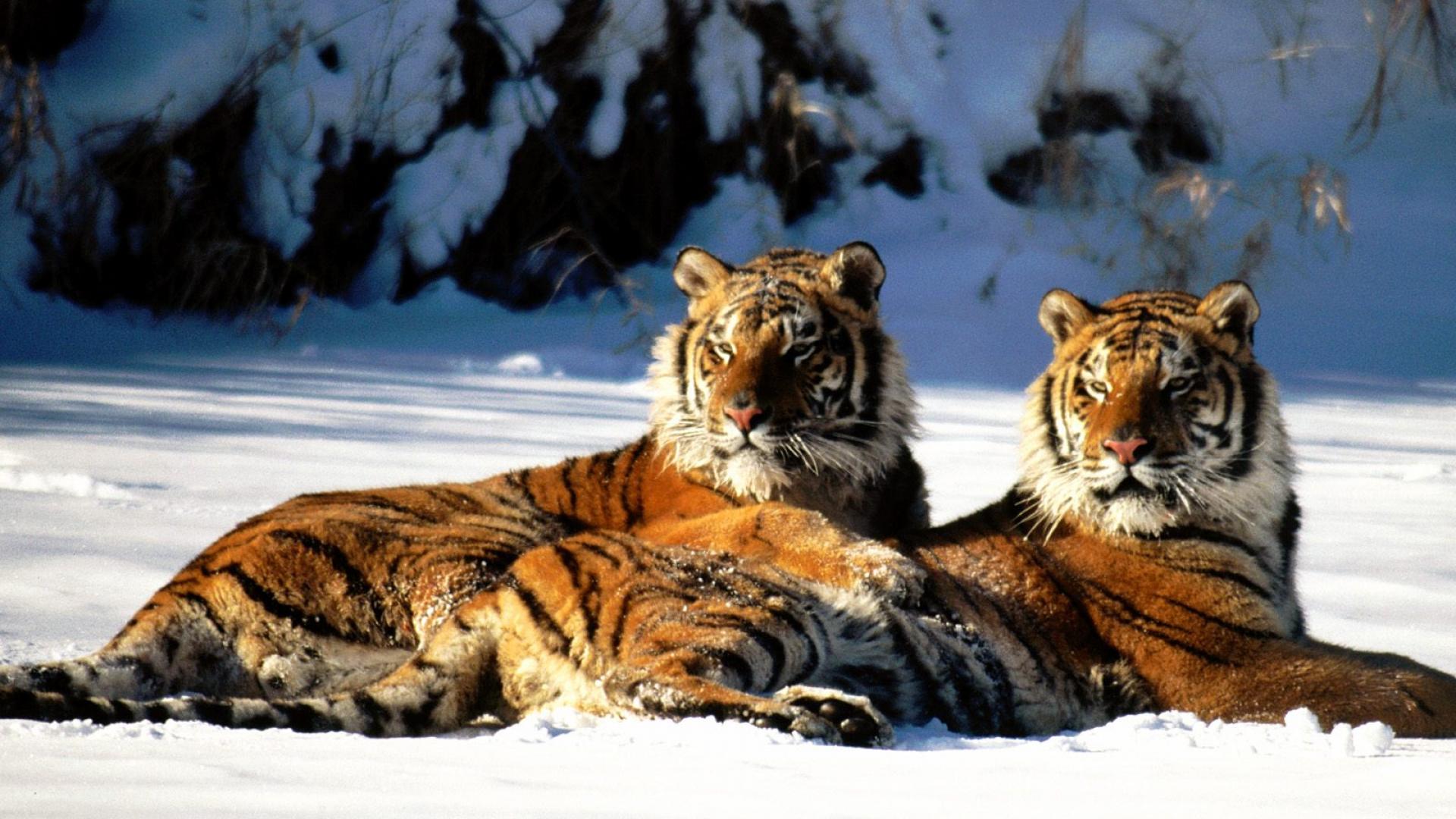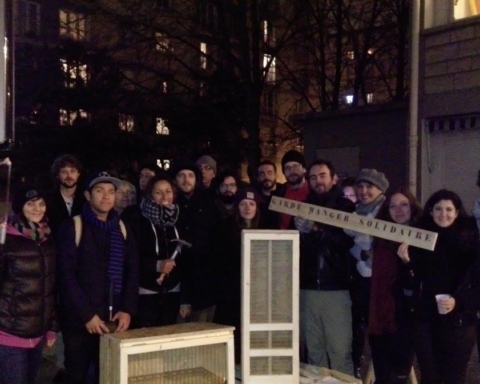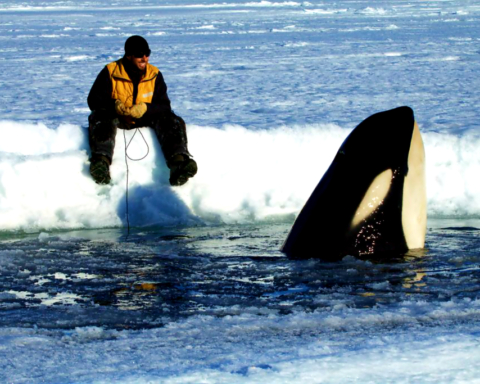Majestic yet terrifying. Powerful yet endangered. The Amur tiger, also known as the Siberian tiger, which has been skimming extinction, sees its future brighten as the Bikin National Park is being set up in the Primorsky Krai in Far East Russia. Spreading over 1,16 million hectares of virgin forests, the park is the Russian Amazon.
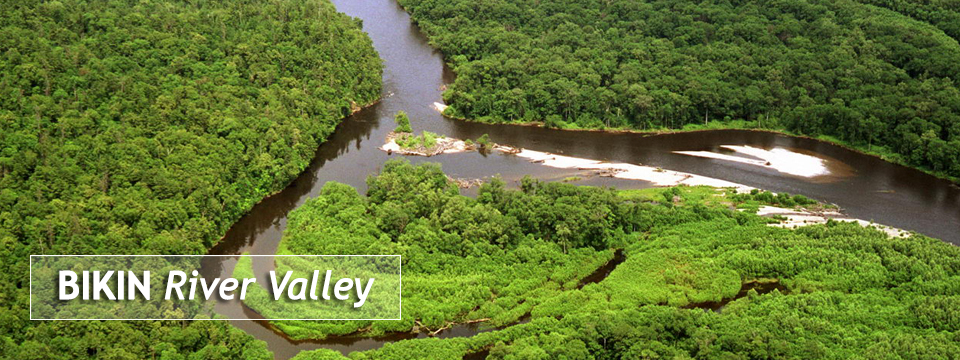
The mission is to save the Amur tiger whose population is estimated at 523, with the majority 95% of these rare tigers living in the wild Russian Far East. In end of 2015, the Russian government signed a decree in view of creating the Bikin National Park to ensure the protection of the tiger. The virgin forests of the Bikin River Valley are the native land to approximately 10% of the Amur tigers.
The region is equally home to the Udege people who are the native inhabitants of the Primorsky Krai. They make up around 1,400 people, living on hunting and fishing.
After lengthy negotiations with the inhabitants as well as with operators of elite hunting activities, gold miners and timber merchants, an agreement has finally been made to go ahead with the creation of the immense reserve for environmental protection while balancing the maintenance of the traditional way of life of the Udege people.
Aleksey Kudryatsev has been nominated as the Director of the park. Being established, the Bikin National Park will preserve the unique panoply of extensive varieties of animals and plants. Located on the western slope of the Sihote-Alin Mountain, the Bikin River Valley is also on the tentative list to be designated as a World Heritage site.
This wide region is one of the last untouched by man in the Northern Hemisphere, boasting of infinite cedar trees.
It is in itself a complete analog of pre-glacial deciduous forests. No tree was ever felled here. Apart from its wondrous and rich vegetal assortment, the park is equally home to some 51 species of mammals including the Amur tiger, and 194 species of birds out of which some are rare and figure in the Red Data Book of the Russian Federation.
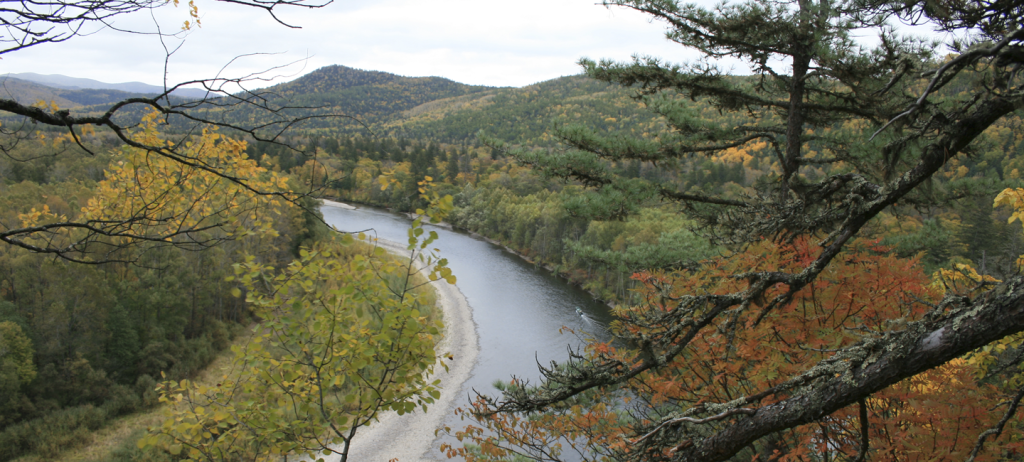
While zoning the Bikin National Park, a large area has been allocated to the indigenous people of the region who will continue to live unperturbed, according to their ancient traditions.
With the setting up of the wildlife reserve, it is expected that poaching will diminish and that the endangered Amur tiger will be safer. Another nearby reserve is the Sikhote-Alin Biosphere Reserve which has been set up in 1935 to protect the native Amur tiger as well as other species such as the sable. Hunting and fishing are totally forbidden. This reserve is presently home to some 30 tigers.
The next tiger census in Russia will be carried out in 2020. The region is covered with snow for several months in winter and makes it easier for specialists responsible for tiger protection and research to make a census by following trails and counting the prints with high accuracy.
They are equipped with GPS to obligatory enter coordinates of each tiger encountered.






